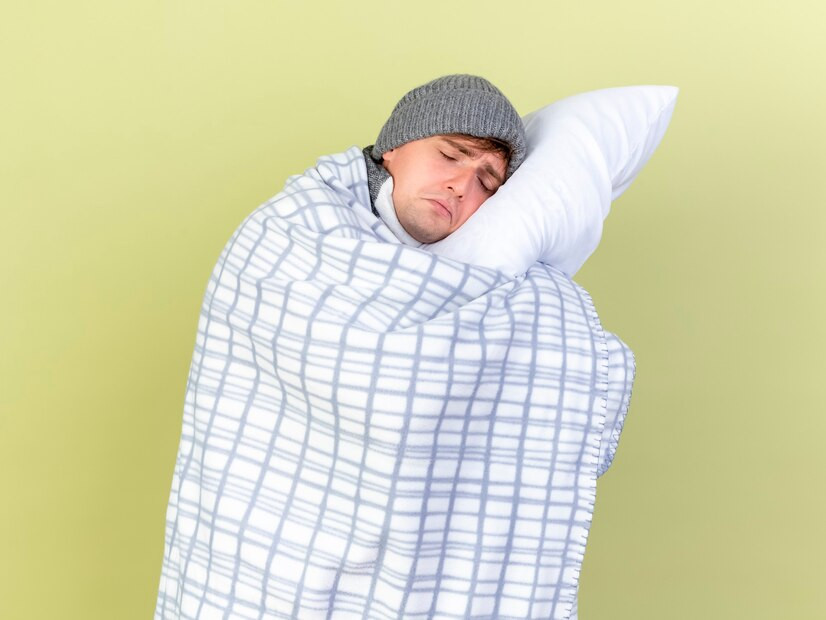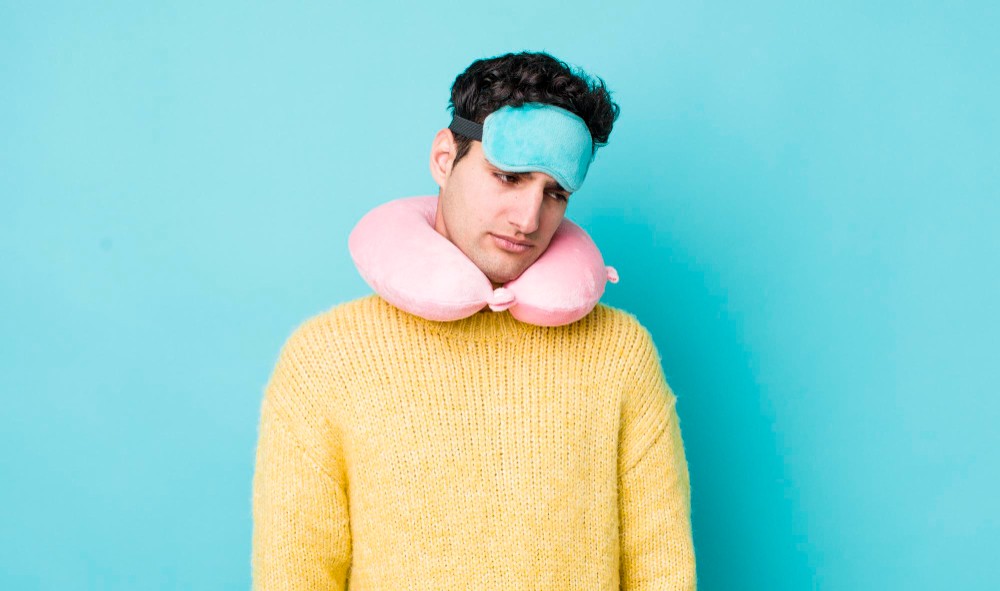Tidur berjalan (sleepwalking) atau dalam bahasa medis disebut somnambulisme. Kondisi ini adalah di mana Anda berjalan atau melakukan aktivitas lain saat sedang tidur.
Tidur berjalan lebih umum pada anak-anak dibandingkan orang dewasa, meskipun tetap dapat dialami segala usia. Tidur berjalan sebenarnya bukan kondisi yang sepenuhnya dipahami. Namun, beberapa ahli telah mengidentifikasi penyebab dan bahaya yang terkait dengan gangguan tidur ini.
Penyebab Tidur Berjalan
Para ahli percaya bahwa sleepwalking biasanya terjadi selama tahap tidur nyenyak atau tahap NREM (Non-Rapid Eye Movement). Tahap ini terjadi pada bagian awal malam, ketika tidur paling dalam dan otak berada dalam aktivitas gelombang lambat.
Tidur berjalan dapat dipicu oleh beberapa faktor, di antaranya:
Genetika
Tidur berjalan sering kali terjadi dalam keluarga, hal ini menunjukkan adanya faktor genetik pada kondisi ini. Apabila salah satu orang tua memiliki riwayat tidur berjalan, kemungkinan anak juga akan mengalami hal yang sama.
Kurang tidur
Kurang tidur atau tidur yang tidak teratur dapat memicu episode tidur berjalan. Apabila tubuh sangat lelah, fase tidur dalam (Non-REM) bisa menjadi lebih dalam, hingga meningkatkan kemungkinan terjadinya tidur berjalan.
Baca Juga: Tanda-Tanda yang Bisa Diamati Bila Mengalami Gangguan Tidur
Faktor psikologis
Stres, kecemasan, dan trauma emosional dapat memengaruhi kualitas tidur dan memicu tidur berjalan. Keadaan psikologis ini dapat mengganggu siklus tidur normal, sehingga meningkatkan risiko gangguan tidur.
Pengaruh obat atau alkohol
Beberapa jenis obat seperti obat penenang, antidepresan, dan obat tidur dapat meningkatkan risiko tidur berjalan. Demikian juga konsumsi alkohol yang berlebihan sebelum tidur, yang dapat memengaruhi pola tidur dan memicu tidur berjalan.
Stres
Stres bisa berpengaruh besar terhadap kualitas tidur, termasuk memicu dan memperparah kondisi seperti tidur berjalan. Saat Anda mengalami stres, baik fisik maupun emosional, Anda lebih mungkin mengalami gangguan pada pola tidur dan membuat tidur menjadi tidak nyenyak.
Kondisi medis
Beberapa kondisi medis seperti demam, cedera otak, sleep apnea, sindrom kaki gelisah, dan gangguan kejang juga dapat meningkatkan risiko tidur berjalan. Kondisi ini mengganggu tidur dan menyebabkan aktivitas motorik yang tidak disadari.
Baca Juga: Manfaat Terapi Warna, Menyembuhkan Stres Hingga Gangguan Tidur
Bahaya Tidur Berjalan
Meskipun sering kali tidak berbahaya, tidur berjalan dapat menimbulkan risiko tertentu, di antaranya:
Cedera fisik
Orang yang tidur berjalan, tidak sadar akan lingkungan di sekitarnya yang bisa menyebabkan kecelakaan atau cedera. Selain itu, pengidapnya juga bisa menabrak benda, jatuh dari tangga, atau bahkan keluar rumah tanpa sadar. Dalam beberapa kasus ekstrem, pengidap somnambulisme juga mungkin mengendarai kendaraan dan mengalami cedera serius atau cedera yang mengancam jiwa.
Kehilangan rasa istirahat
Meskipun tampak tidur, aktivitas fisik yang Anda alami selama tidur berjalan mengganggu kualitas tidur yang sebenarnya. Ini dapat menyebabkan kelelahan kronis dan mengurangi fungsi kognitif pada siang hari.
Perilaku berbahaya
Salah satu bahaya utama tidur berjalan adalah kemungkinan seseorang melakukan tindakan berbahaya tanpa menyadarinya. Ketika dalam keadaan tidur berjalan, Anda tidak sepenuhnya sadar dan mungkin melakukan aktivitas yang berisiko seperti menyalakan kompor, mengemudi kendaraan, meninggalkan rumah, menggunakan benda tajam, atau terjatuh dari tangga.
Sangat penting untuk mencari bantuan medis apabila Anda mengalami tidur berjalan, terutama bila kondisi ini sering terjadi. Dengan penanganan yang tepat, risiko yang terkait tidur berjalan dapat diminimalkan.
Memiliki pertanyaan terkait masalah tidur berjalan atau gangguan tidur lainnya? Anda bisa berkonsultasi dengan dokter melalui aplikasi Ai Care yang bisa diunduh di App Store atau Play Store.
Mau tahu informasi seputar penyakit lainnya? Cek di sini, ya!
- dr Nadia Opmalina
Mayo Clinic (2024). Sleepwalking. Available from: https://www.mayoclinic.org/diseases-conditions/sleepwalking/symptoms-causes/syc-20353506
Penn Medicine (2023). Sleep Walking. Available from: https://www.pennmedicine.org/for-patients-and-visitors/patient-information/conditions-treated-a-to-z/sleep-walking
Eric Suni (2024). Sleepwalking: What Is Somnambulism?. Avaialble from: https://www.sleepfoundation.org/parasomnias/sleepwalking
Danielle Pachecho (2023). What is NREM Sleep?. Available from: https://www.sleepfoundation.org/stages-of-sleep/nrem-sleep
Medline Plus (2024). Sleep Disorders. Available from: https://medlineplus.gov/sleepdisorders.html












